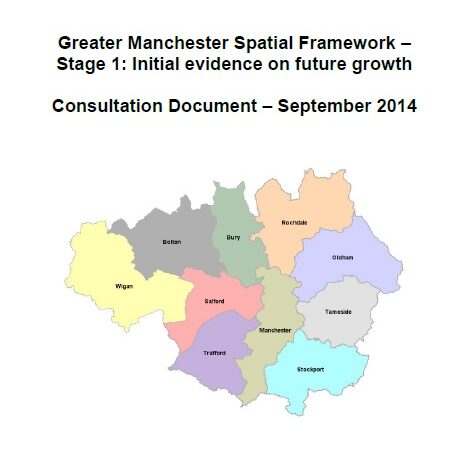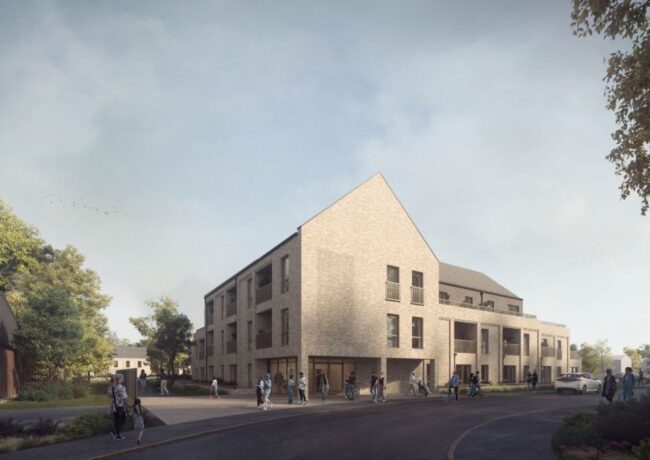GM plan opens for testing
The first step towards a 20-year Greater Manchester statutory development plan was taken on Friday with the publication of a 165-page evidence-gathering questionnaire with 43 questions about the city's scale of growth, housing markets, office and industrial development rates.
The new plan would not replace individuals councils' local plans but be in addition to those as part of the city region's effort to gain greater autonomy, "acting as a single economic entity," they said in a joint statement issued on Friday.
See below for link to consultation documents
The emerging scope of the plan currently focuses mainly on housing and employment land – industrial and offices – but could be broadened to include retail hierarchy and green infrastructure according to the introduction to the consultation paper.
The initial evidence published today suggests "Greater Manchester's objectively assessed need for housing is 224,823 net additional dwellings over the period 2012-2033, equating to an average of 10,706 net additional dwellings per annum." Currently around 3,000 a year are delivered.
The document covers at length the definition of the Greater Manchester housing market area, arguing that Wigan, a GM authority, is actually in the Merseyside housing market but that Macclesfield and High Peak, not within GM authority borders, are in commuter terms within the GM housing and employment market. The councils said the spatial framework would "recognise Manchester's role as a regional capital providing employment for those living far beyond the boundaries of the 10 boroughs."
The timetable for the plan is as follows:
- September 2014: Initial evidence base and developing options
- 2014-2015: Strengthening evidence base and developing options
- 2016: Consultation on draft Greater Manchester Spatial Framework
- 2017: Publication of GMSF
- 2017: Submission and independent examination
- 2018: Adoption by the 10 Greater Manchester local authorities
The plan will test the level of growth Manchester should be aiming for, setting parameters for development and, once adopted, influencing planning decisions for years to come.
Council research teams have been drawing up the evidence for the consultation since January 2014. The multi-council plan is believed to be the first of its type in the country.
A six-week public consultation starts today on the evidence base that has been gathered so far. GM lead chief executive on planning and housing, Eamonn Boylan, of Stockport Council, said: "We need to use this evidence to underpin a strategic discussion in Greater Manchester on how we manage our land supply to meet our aspirations for housing and employment growth.
"We need to go beyond the numbers game to discuss the sort of housing we need, and how that housing will help GM keep and attract the skilled people we will need and the businesses which will provide future jobs."
The consultation will test the evidence base that has been developed so far and help to guide the next steps of the proposed statutory joint Development Plan Document for Greater Manchester.
Boylan said: "This is a radical step and reflects our ambition for Greater Manchester to manage the challenge of growth across all 10 authorities in a coherent way. Our work is underpinned by a shared ambition to increase the prosperity of the people of Greater Manchester.
"Our regional centre provides employment for those living far beyond our boundaries, and the challenge and opportunity is to achieve the benefits of a larger market that greater connectivity can bring".
Leaders have also recently agreed to establish a Greater Manchester housing delivery agency to deal with management of public sector land and negotiation with Government over future funding. This agency will seek to support individual authorities in delivering key priorities and may, over time, become a developer of homes in its own right. The new plan will ensure that Greater Manchester has the supply of land to meet these ambitious targets for growth over the long term.




